Stability Tips for Catching Fish From Narrow Kayaks
Fishing from a narrow kayak offers unparalleled access to remote fishing spots and a stealthy approach that often results in better catches. However, the combination of limited stability, constant movement, and the excitement of landing a fish creates unique challenges that can test even experienced anglers. The thrill of hooking a trophy bass or redfish can quickly turn into an unwelcome swimming session if proper stability techniques aren’t employed. Understanding how to maintain balance while managing your fishing gear and handling fish is essential for safety and fishing success in these specialized watercraft.
Understanding Kayak Stability Fundamentals
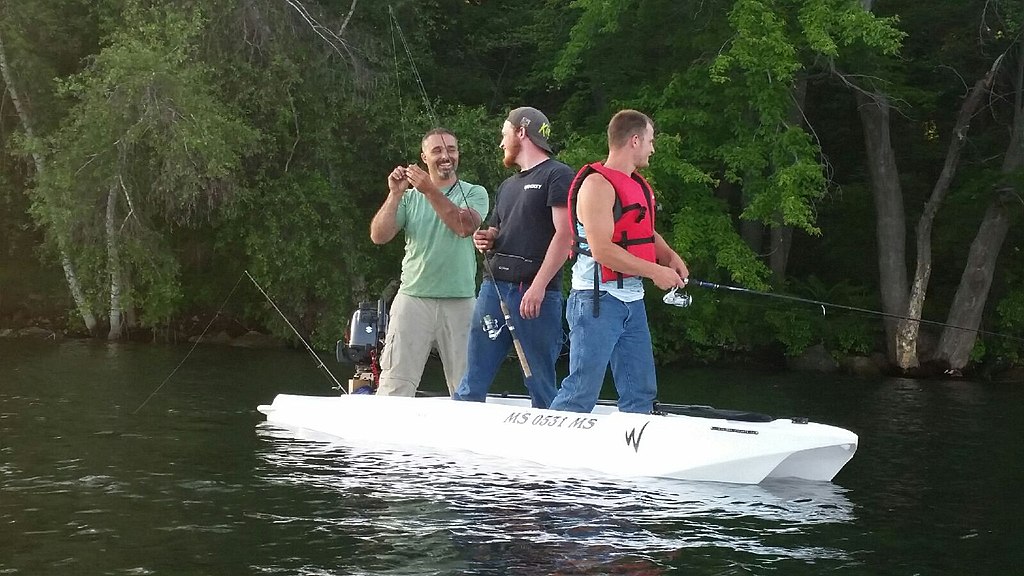
Narrow kayaks, while offering superior speed and tracking capabilities, inherently sacrifice primary stability for performance. Primary stability refers to how stable the kayak feels when sitting flat on calm water, while secondary stability describes how the kayak responds when tilted on its side. Fishing-specific narrow kayaks typically feature hull designs that enhance secondary stability, which becomes crucial when leaning to cast or fighting a fish. The lower center of gravity of sit-inside models offers certain stability advantages, though sit-on-top designs provide easier movement and recovery options. Understanding these fundamental aspects of your kayak’s design will help you anticipate how it will respond during different fishing scenarios.
Proper Seating Position and Posture
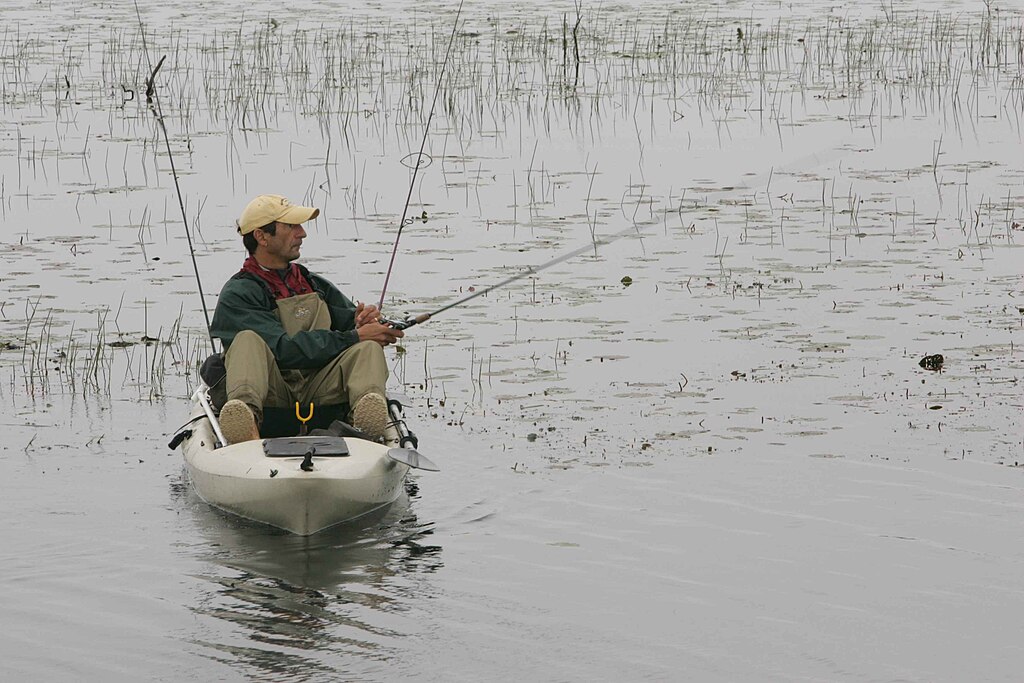
Your seating position forms the foundation of stability in a narrow kayak. Position yourself centrally in the kayak with your backside firmly planted and your weight evenly distributed. Keep your center of gravity low by avoiding the temptation to sit high or perch on the edges of the seat. Maintain proper posture with a straight back and feet placed securely against the footrests or foot braces, which helps create a three-point contact system for better control. When reaching for gear or preparing to cast, engage your core muscles rather than leaning excessively, using your abdominal and back muscles to maintain balance. Adjusting your seat height to the lowest comfortable position dramatically improves stability while still allowing effective fishing techniques.
Pre-Launch Gear Organization
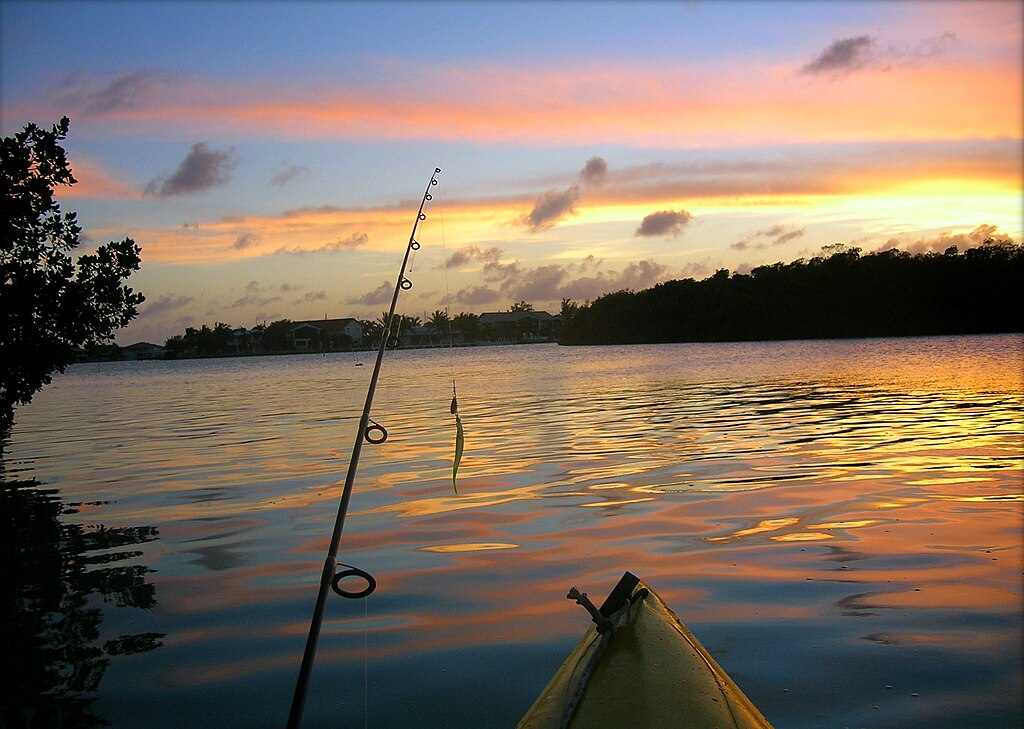
A well-organized kayak significantly enhances stability by eliminating the need for excessive movement while on the water. Before launching, strategically position all essential gear within arm’s reach, utilizing built-in compartments, bungee cords, and specialized kayak fishing accessories. Store heavier items lower in the hull and centered along the kayak’s centerline to maintain a balanced weight distribution. Secure loose items with leashes or tethers to prevent shifting during movement or when fighting fish. Create designated spaces for frequently used items like pliers, fish grips, and line cutters, perhaps using hook-and-loop fasteners or purpose-built holders attached within easy reach. This thoughtful organization minimizes the need to reach, stretch, or shift your weight dramatically while fishing.
Mastering Balanced Casting Techniques
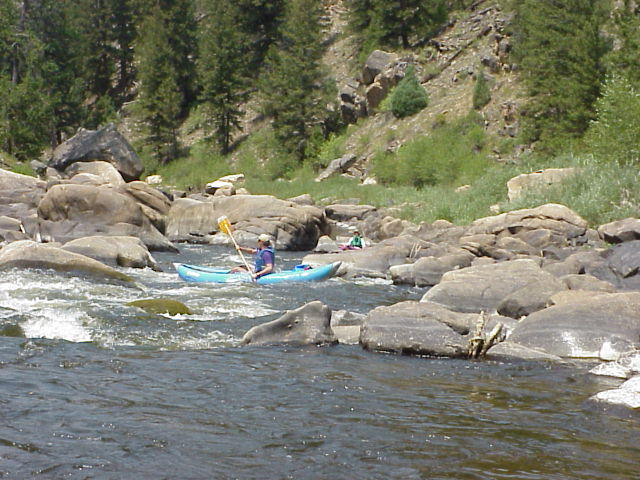
Casting from a narrow kayak requires adapted techniques that maintain stability throughout the motion. Instead of standing to cast as you might from shore, develop a smooth, controlled seated casting technique that minimizes upper body rotation. Keep your elbows closer to your body during the cast, focusing on wrist action rather than full arm extension to generate casting power. When casting to the side, slightly shift your weight to the opposite direction to counterbalance the movement without dramatically tilting the kayak. Practice timing your casts with the natural stability cycle of the kayak, especially in choppy conditions where you can use the rhythm of the waves to your advantage. Regular practice of these modified techniques will make them second nature, allowing you to present your lure accurately without compromising stability.
Fighting Fish Without Flipping
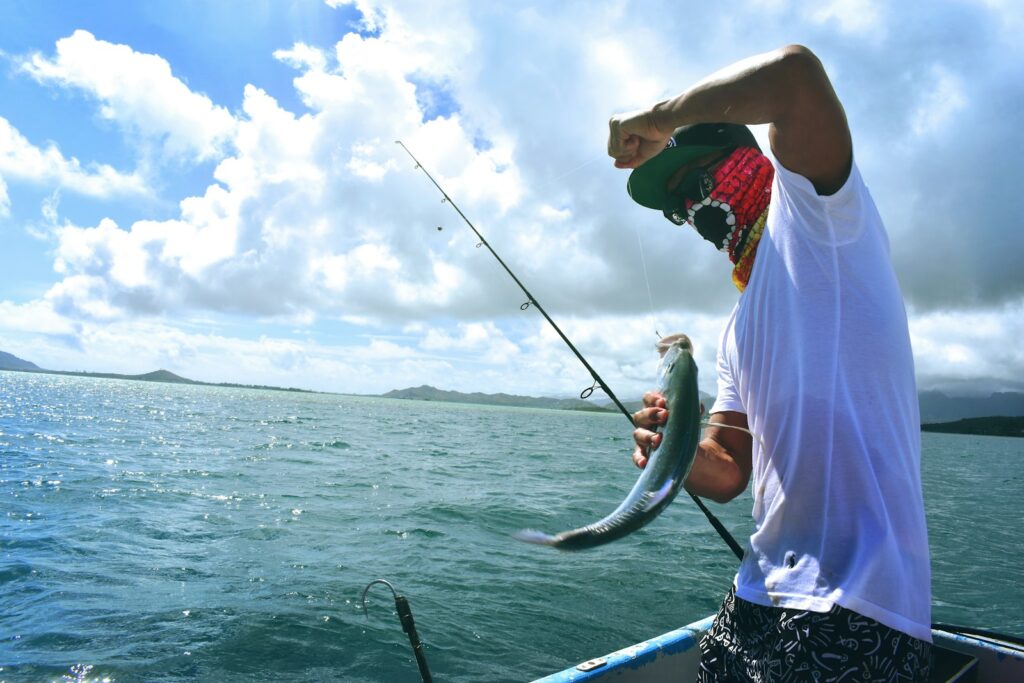
When a fish strikes, the instinct to rear back and set the hook aggressively can quickly destabilize a narrow kayak. Instead, develop a more controlled hook-setting motion that maintains your center of gravity over the kayak’s centerline. During the fight, position the fish to the side rather than directly in front or behind you, which allows you to use the kayak’s length for better leverage and stability. Use your legs and core to absorb the fish’s runs and lunges rather than leaning excessively in any direction. For particularly large or strong fish, consider pointing your kayak toward open water and allowing the fish to pull you (a technique known as a “sleigh ride”) rather than fighting against its power from a stationary position. This approach reduces the lateral forces that could potentially capsize your craft.
Utilizing Anchor Systems Effectively
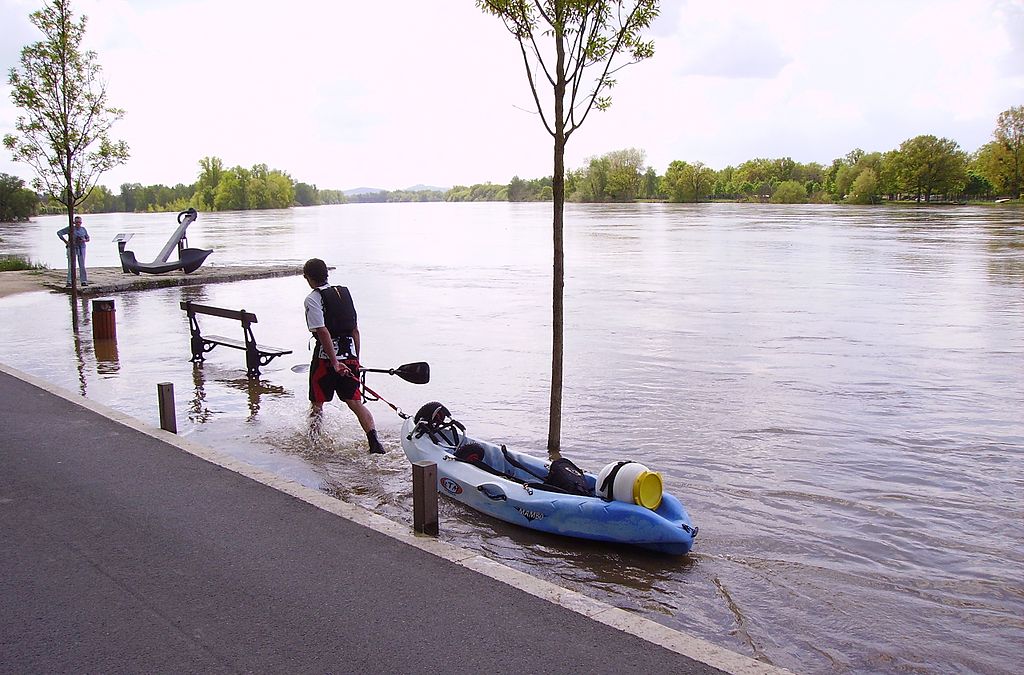
Strategic anchoring significantly enhances stability when fishing productive spots from a narrow kayak. Install an anchor trolley system that allows you to adjust your kayak’s position relative to the current, wind, and structure without compromising stability. When anchoring, always deploy and retrieve your anchor from a balanced position, maintaining your center of gravity over the centerline of the kayak. In flowing water, position your kayak at approximately a 45-degree angle to the current rather than perpendicular, which reduces the water pressure against the hull and improves stability. For particularly challenging conditions, consider using a dual anchor system or stake-out pole that provides more holding power and stability. Remember that proper anchoring not only holds you in position but also creates a stable platform from which to cast and fight fish effectively.
Stabilizing Accessories and Modifications
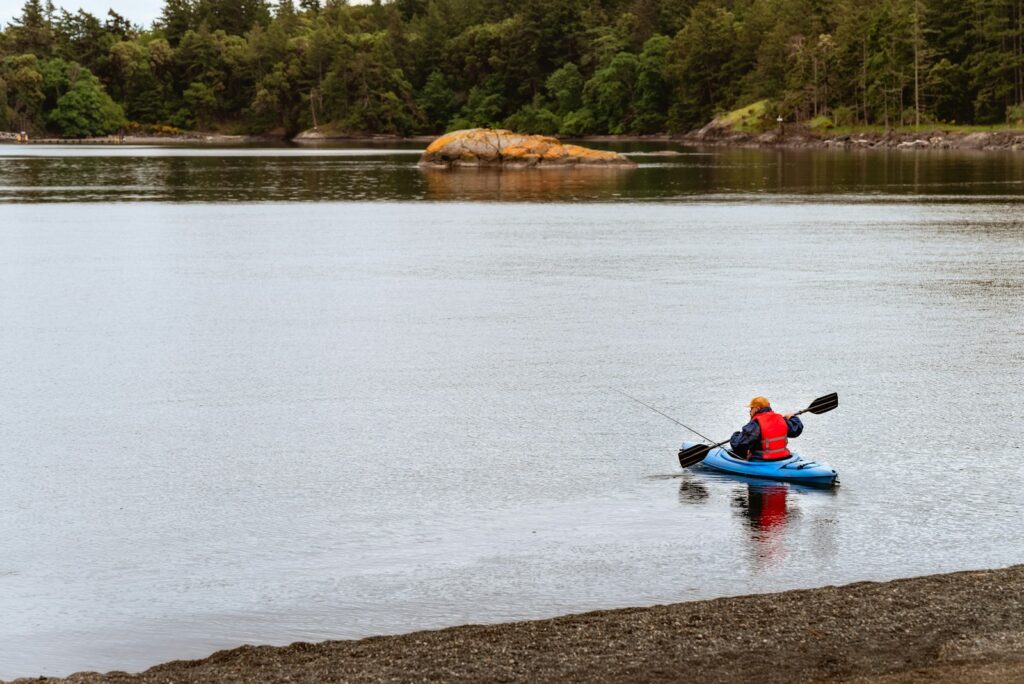
Several aftermarket accessories can dramatically improve the stability of narrow kayaks without significantly compromising their performance advantages. Outriggers or stabilizers that attach to the sides of the kayak provide additional flotation and stability, particularly useful when fishing in challenging conditions or when standing is necessary. Specialized kayak fishing seats with wider bases distribute weight more effectively and provide a more stable seating platform. Adding keel strips or hull modifications can enhance tracking and secondary stability without adding excessive weight. Some anglers find that strategically placed ballast in the form of water bags or weights helps lower the center of gravity and improve stability in windier conditions. When selecting and installing these modifications, consider how they affect the kayak’s handling characteristics and ensure they don’t create new obstacles that could interfere with your fishing.
Safe Fish Landing Procedures

Landing fish safely in a narrow kayak requires techniques that maintain stability throughout the critical final moments of the catch. Use a properly sized landing net with an extendable handle that allows you to reach the fish without leaning dangerously far over the side. Position your kayak so the fish approaches from the side rather than from directly beneath, which helps prevent capsizing when the fish makes last-minute runs or rolls. For larger fish, consider using specialized kayak fishing tools like fish grips or lip grippers attached to floating lanyards that secure the fish alongside the kayak before bringing it aboard. Develop a routine for landing fish that includes properly securing your paddle first, then using both hands to control the fish and landing equipment. This methodical approach prevents the chaotic scrambling that often leads to stability issues during the excitement of landing a prized catch.
Weather and Water Condition Adaptations
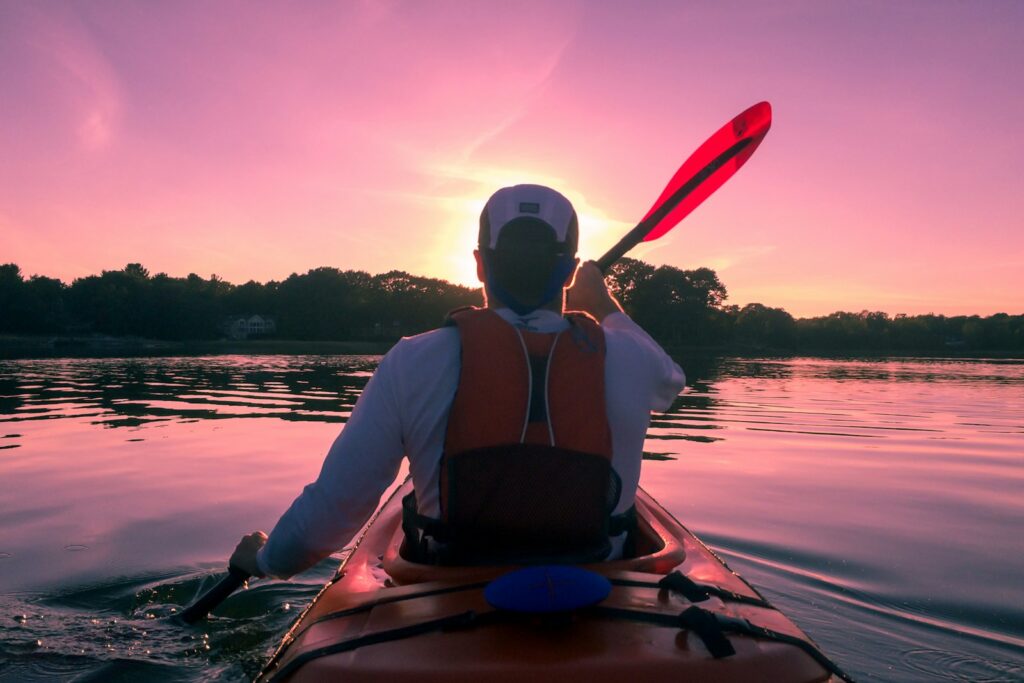
Different environmental conditions require specific stability techniques when fishing from narrow kayaks. In windy conditions, position your kayak with the bow pointed into the wind whenever possible, which presents the narrowest profile and reduces lateral forces that affect stability. When fishing in current, use the flowing water to your advantage by positioning yourself to drift naturally through fishing zones rather than fighting against the current. On choppy water, lower your center of gravity even further and consider adding ballast to improve stability and reduce the kayak’s tendency to pitch and roll. Learn to read water conditions before launching and have a clear plan for how you’ll adapt your fishing approach to maintain stability in the specific environment you’ll encounter. Sometimes, the wisest choice is simply waiting for more favorable conditions, particularly if you’re fishing in a very narrow or specialized kayak.
Recovery Skills and Safety Practices
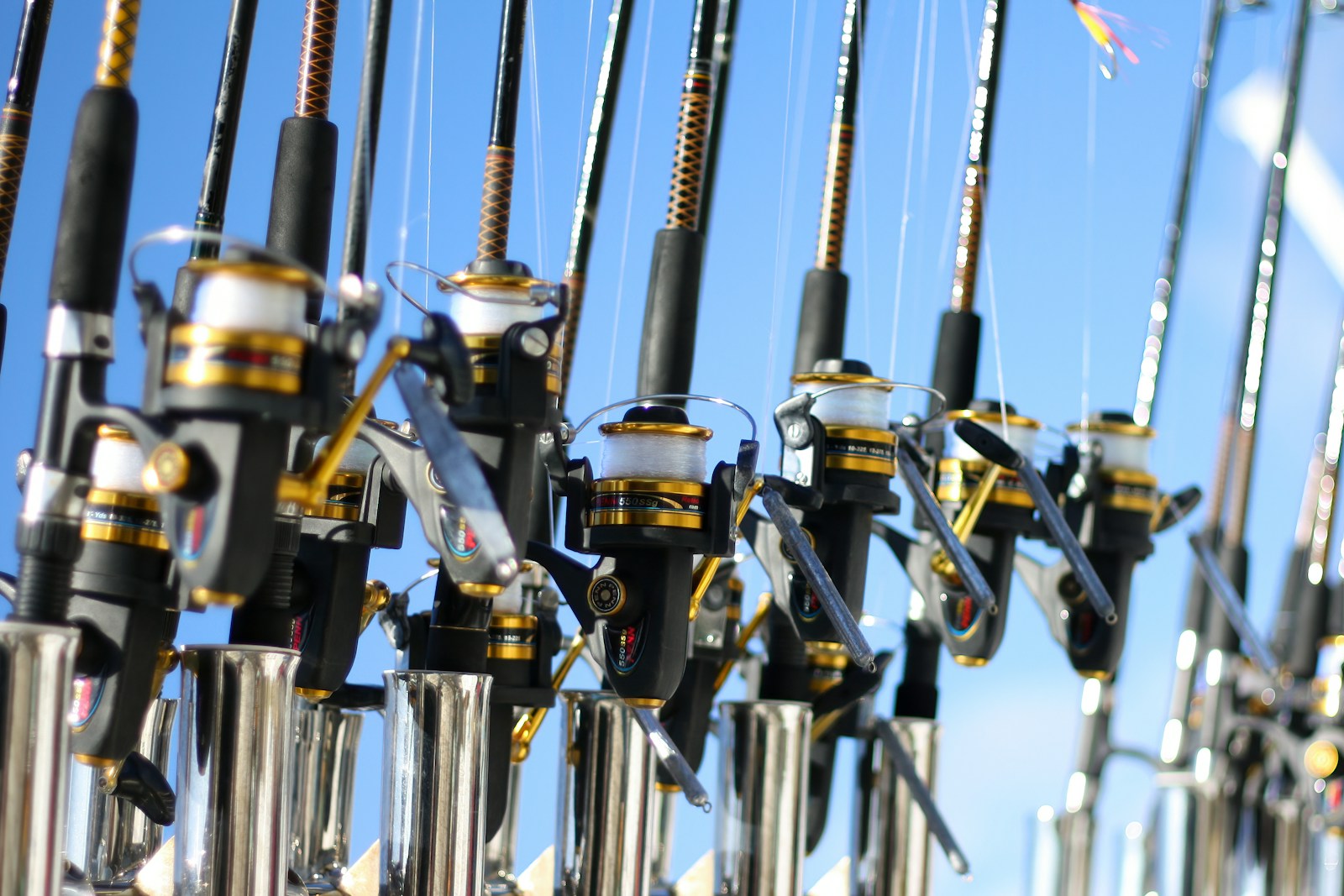
Despite all precautions, there’s always a possibility of capsizing, particularly when fishing from narrower kayaks. Practice self-rescue techniques in controlled conditions before venturing into more challenging environments. Learn proper re-entry methods specific to your kayak type, including techniques for emptying water and stabilizing the kayak for re-entry. Always wear an appropriate personal flotation device (PFD) designed for kayak fishing, which provides buoyancy while allowing the freedom of movement needed for effective angling. Secure essential gear with leashes and use waterproof containers for electronics and valuables to minimize losses in case of capsizing. Consider fishing with a partner when possible, especially in more remote or challenging environments, providing mutual assistance if stability issues arise. Regular practice of recovery skills builds confidence and ensures you can safely handle unexpected stability challenges.
Balancing Photography and Fishing
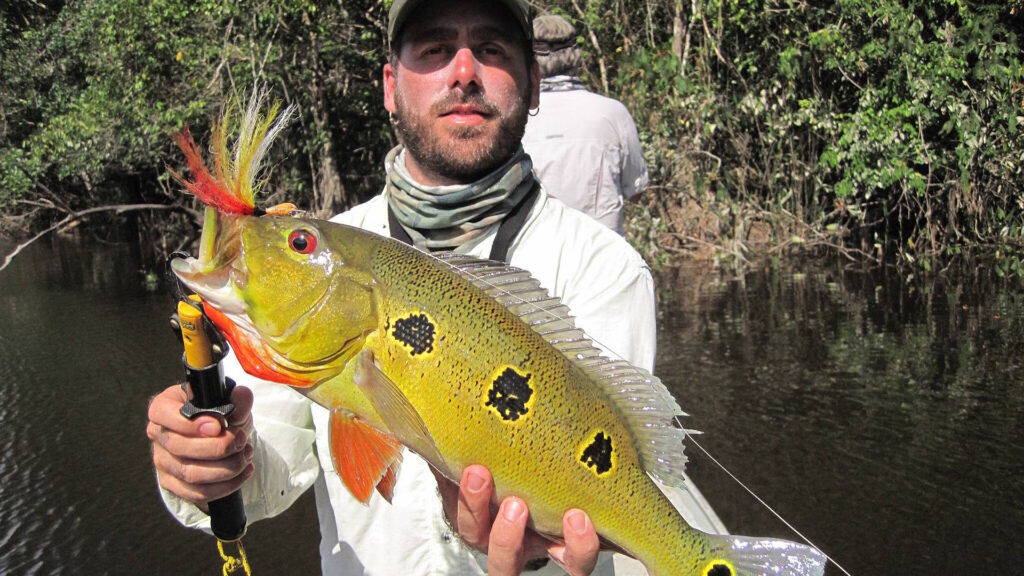
Documenting your catches adds another layer of stability challenges when fishing from narrow kayaks. Set up your camera equipment before launching, using secure mounts or specialized holders that don’t require you to significantly shift your weight. Consider using voice-activated cameras or remote triggers that allow hands-free operation while maintaining proper position and balance. When photographing fish, keep them close to the water surface rather than lifting them high, which raises your center of gravity and increases instability. For selfies with catches, use extendable selfie sticks or mounts that don’t require awkward body positions that could compromise stability. Remember that the best fishing photograph isn’t worth the risk of capsizing in dangerous conditions or losing expensive gear, so prioritize stability and safety over getting the perfect shot.
Progressive Skill Development Approach
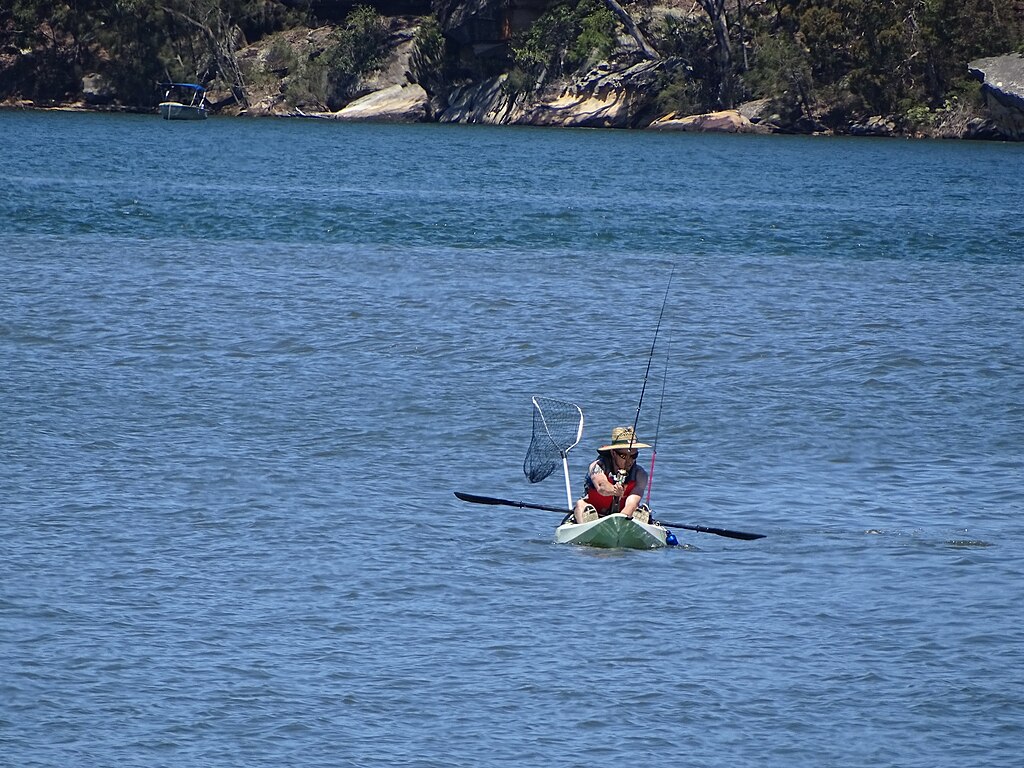
Building stability skills for fishing from narrow kayaks should follow a methodical progression rather than immediately tackling challenging conditions. Begin in protected, calm waters, focusing simply on basic paddling and movement skills before introducing fishing equipment and techniques. Gradually increase the complexity by adding gentle casting, then progress to fighting smaller fish while maintaining stability. As confidence grows, introduce more challenging conditions incrementally, such as light winds or gentle currents, before attempting more exposed waters. Practice specific skills in isolation, such as reaching for gear behind you or leaning to net a fish, before combining them in actual fishing situations. This progressive approach builds muscle memory and instinctive responses that maintain stability without conscious thought, allowing you to focus on the fishing experience rather than constantly worrying about capsizing.
Mental Focus and Stability Awareness
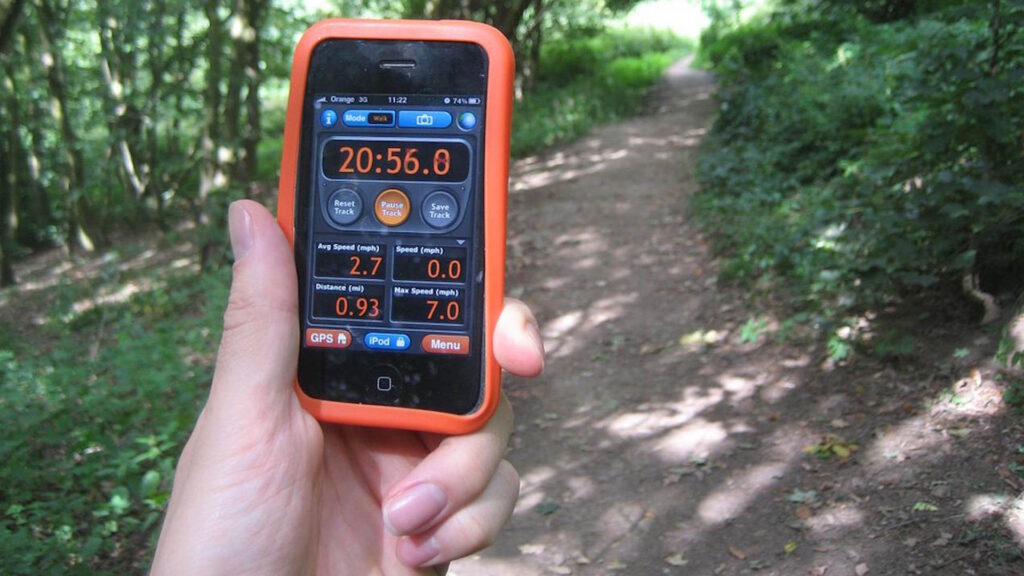
Perhaps the most overlooked aspect of stability in narrow kayaks is maintaining constant situational awareness and mental focus. Develop the habit of regularly assessing your position, the distribution of weight in your kayak, and changing environmental conditions that might affect stability. Train yourself to notice subtle shifts in balance and make minor corrections before small stability issues become major problems. Avoid distractions like checking smartphones or focusing too intently on electronics that might cause you to miss changing conditions or drift into unstable positions. During the excitement of hooking and fighting fish, consciously remind yourself to maintain proper position and technique rather than getting caught up in the moment and compromising stability. This mental discipline becomes second nature with practice and significantly reduces the likelihood of stability-related mishaps while fishing from narrow kayaks.
Conclusion
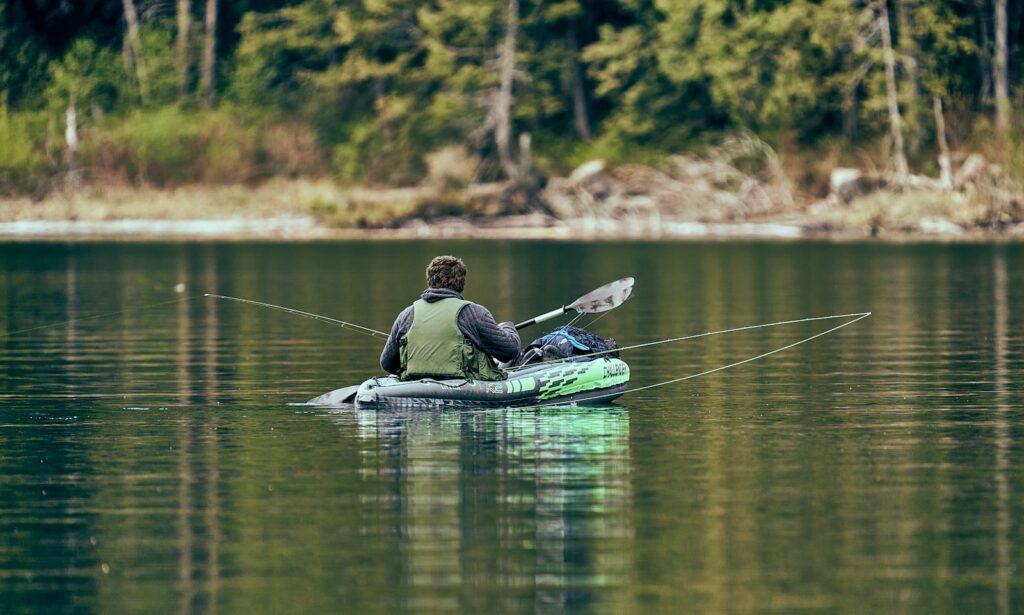
Mastering stability in narrow fishing kayaks combines technical skills, proper equipment setup, and situational awareness that develops through dedicated practice and experience. By implementing these stability techniques, you’ll not only enhance your safety on the water but also improve your fishing effectiveness by creating a more stable platform from which to cast, fight, and land fish. Remember that each narrow kayak has unique handling characteristics, and taking the time to thoroughly understand your specific craft will allow you to adapt these general principles to your particular situation. With patience and practice, you’ll develop the confidence to safely target trophy fish from even the most performance-oriented narrow kayaks, accessing fishing opportunities that remain out of reach to many anglers.


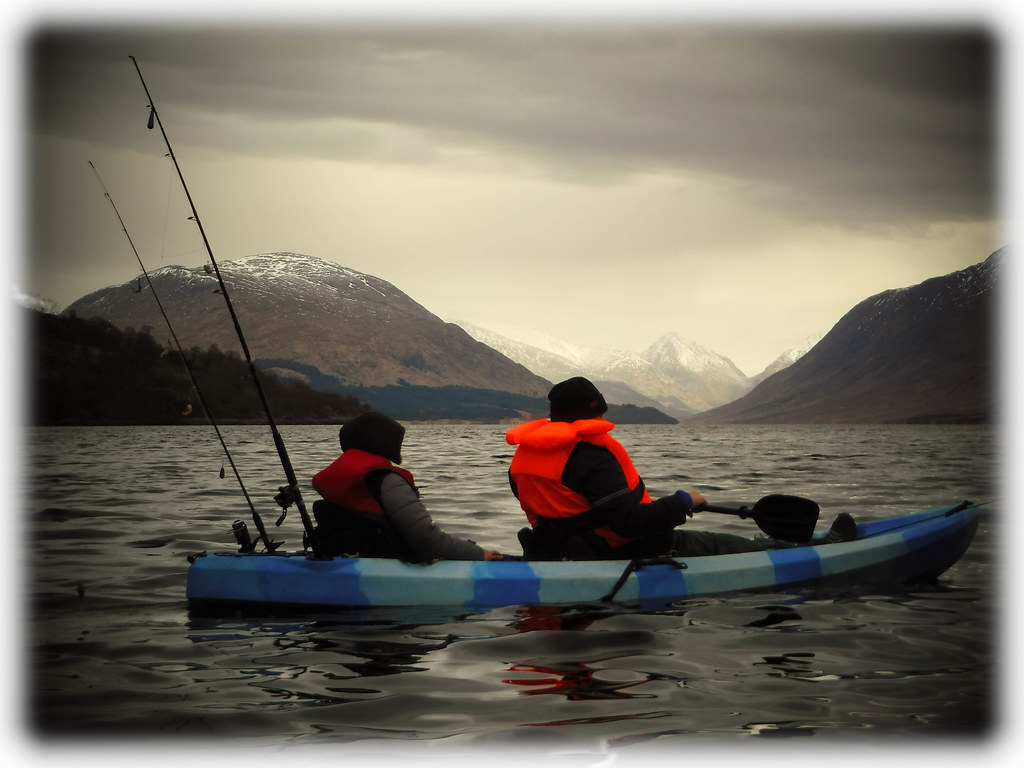

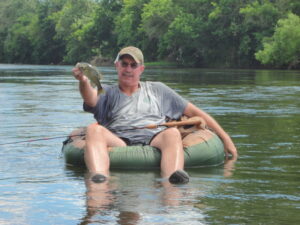
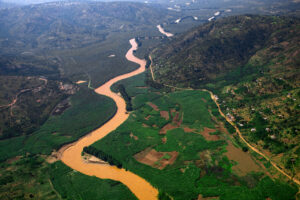








Post Comment